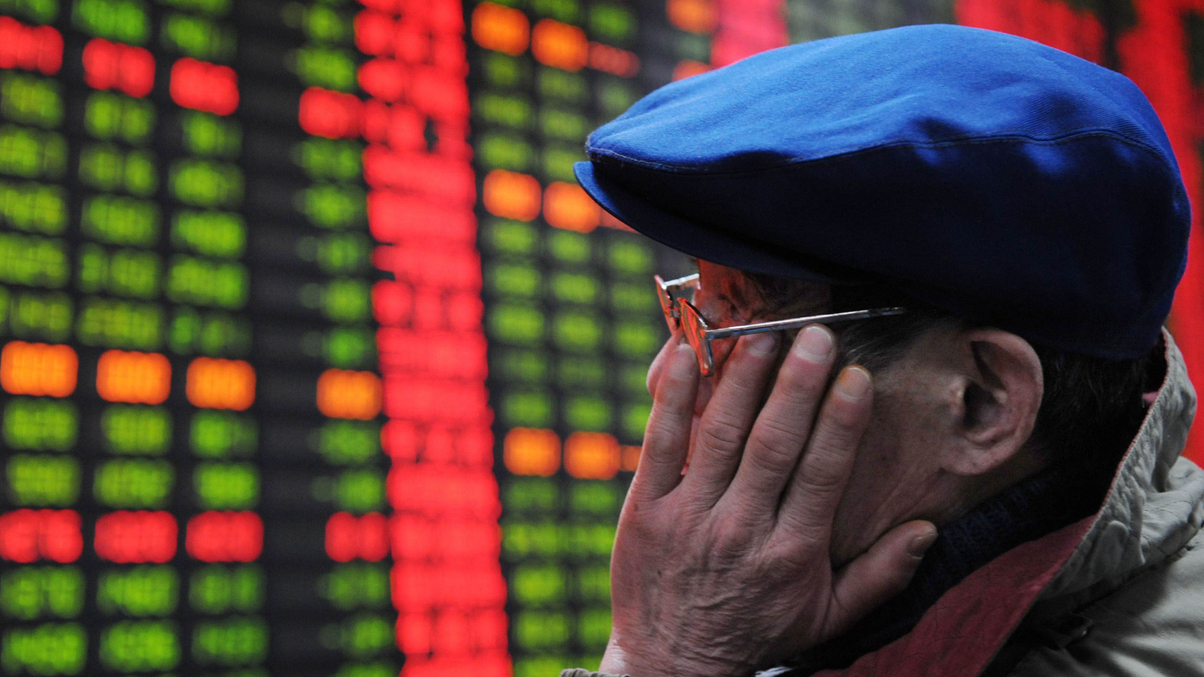China to impose new trading curbs despite doubts
Beijing continues its efforts to dampen stock market volatility, amid investor skepticism about the likely effectiveness of new measures that were proposed in September.

China’s three main bourses will implement further stock-trading limits – albeit slightly watered-down from measures proposed in September – despite investor doubts that they will help stabilise the equity market in a crisis.
Sign in to read on!
Registered users get 2 free articles in 30 days.
Subscribers have full unlimited access to AsianInvestor
Not signed up? New users get 2 free articles per month, plus a 7-day unlimited free trial.
¬ Haymarket Media Limited. All rights reserved.


